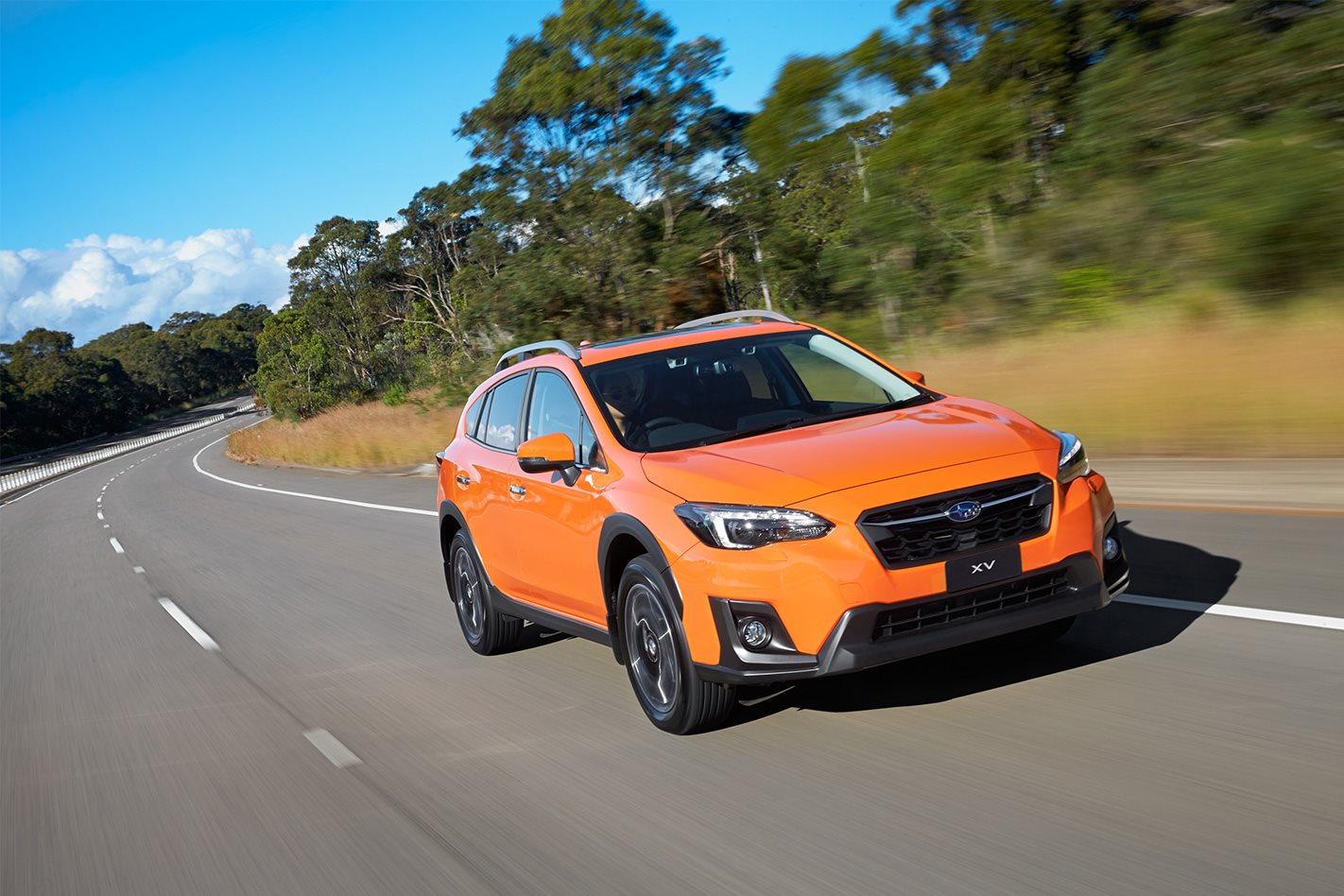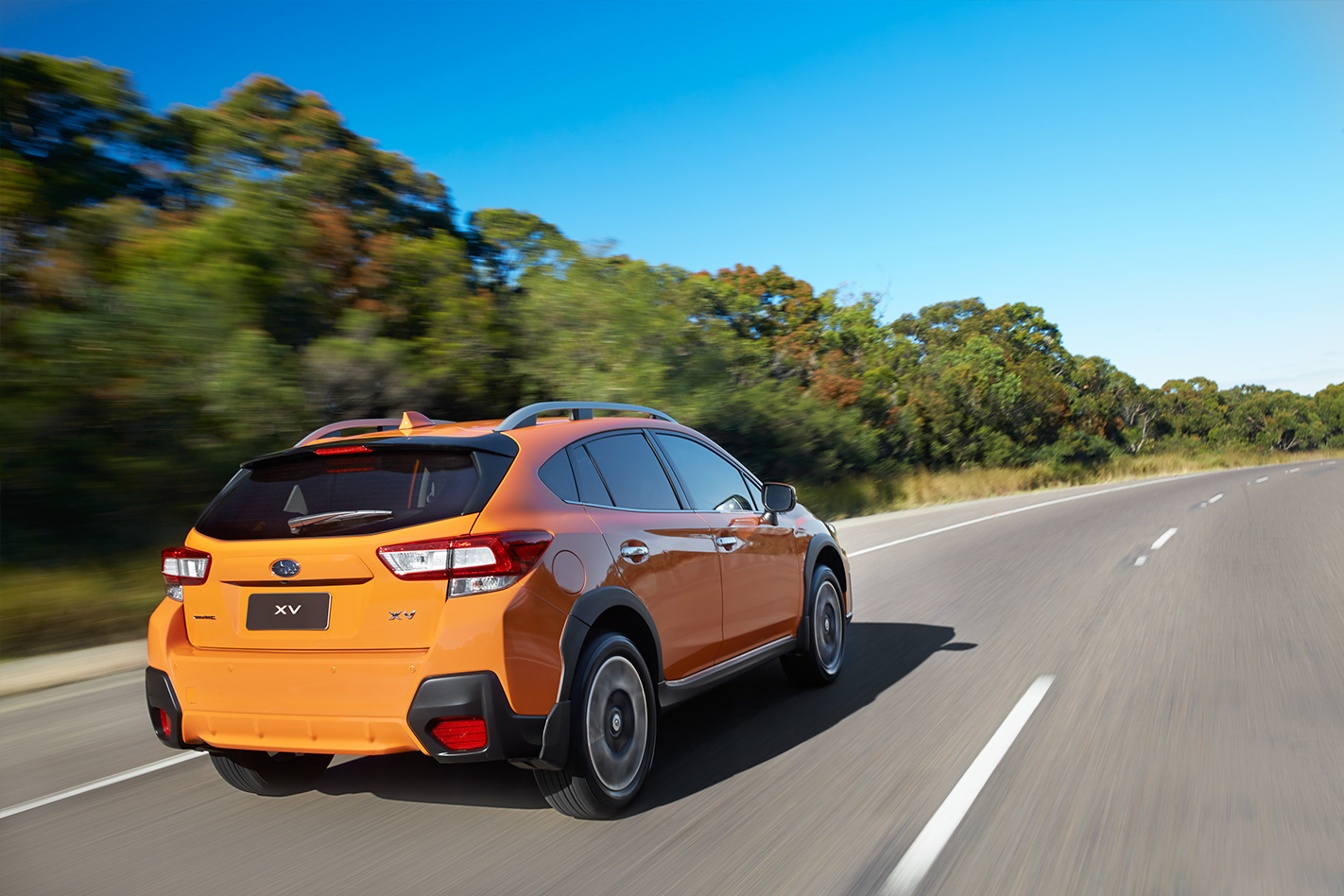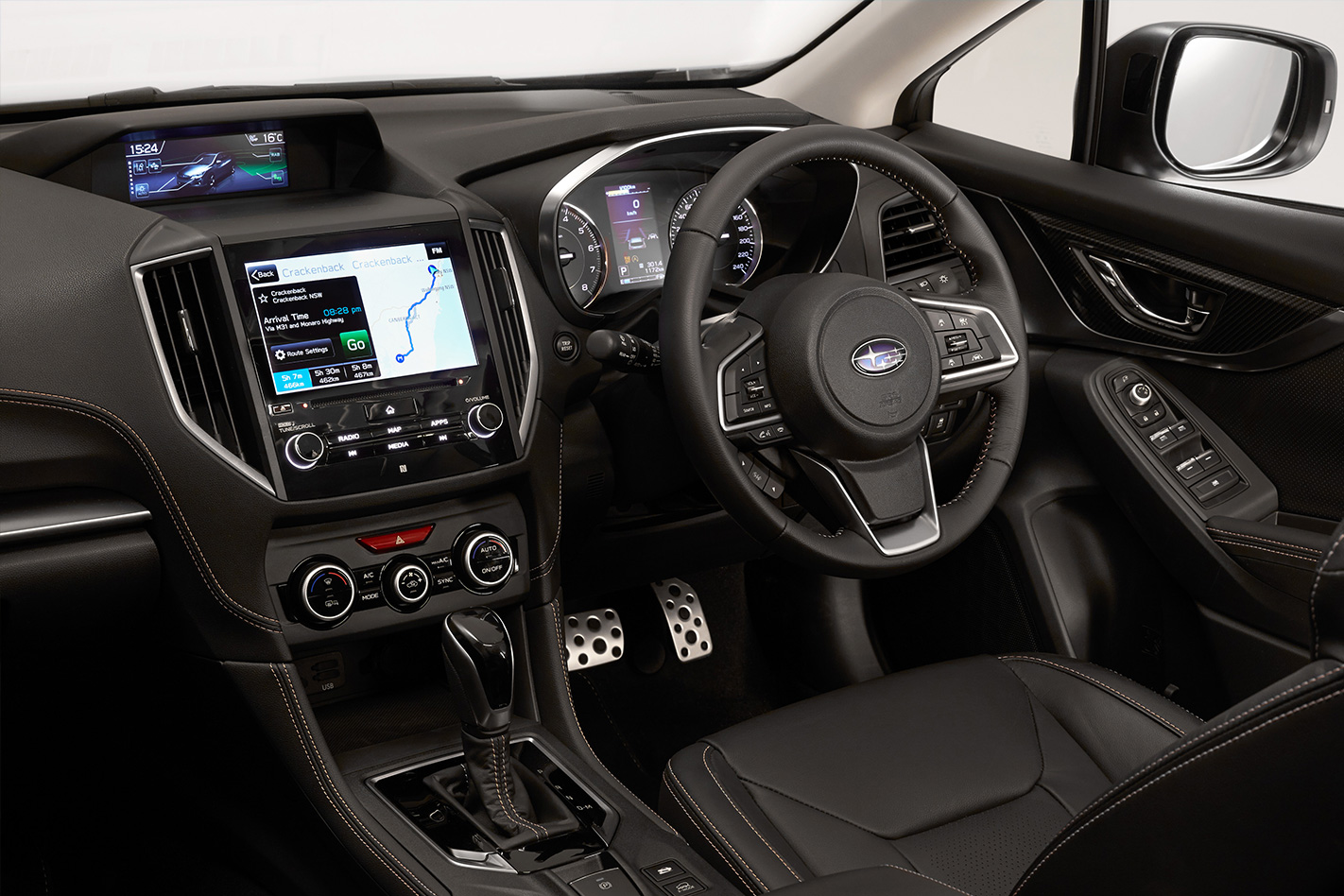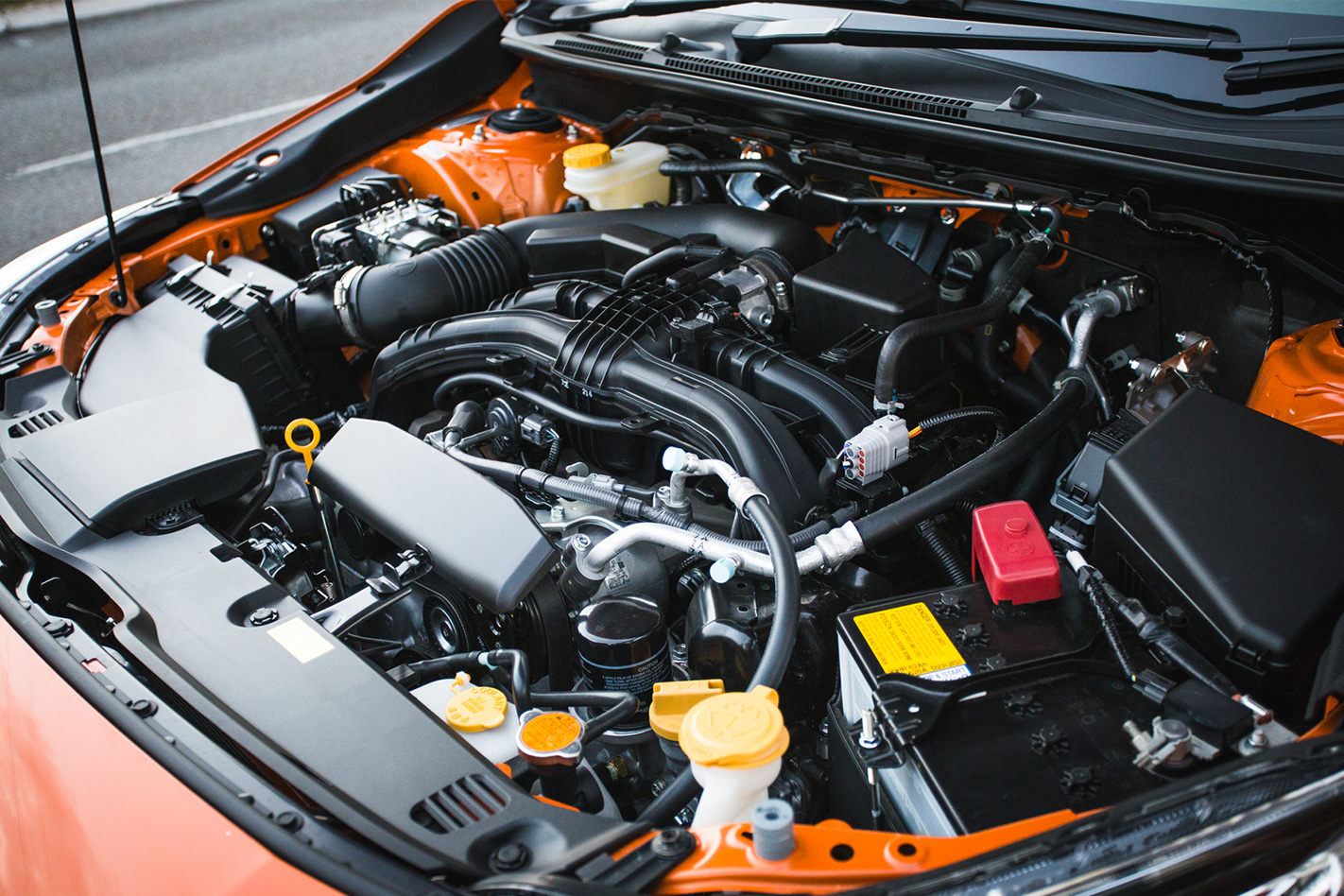
Tell me about this car
At its core the Subaru XV is a jacked-up Impreza. That’s not necessarily a bad thing, with SUVs being a winner in our current market and the latest Impreza being a Wheels Car of the Year finalist in 2017. With the XV sharing much with a car we’ve already lauded and melding it with off-road mechanicals and electronics from the larger Subaru Forester, its prospects look good from the outset.
And the car we’re reviewing here is the XV 2.0i-S, the leather-upholstered, feature-rich flagship of the XV family. As the best-equipped, most luxuriously-appointed model in the range, the 2.0i-S already boasts plenty of out-of-the-box appeal. And so it should, given its $35,240 retail sticker – a pricetag that puts it up against larger SUVs like the Honda CR-V.
Does it justify the expense?

STRENGTHS
- Interior packaging. The XV’s cabin is roomy and spacious, just like the Impreza hatch that it’s based upon. During our test, the XV hauled four adults and their ski gear to the Victorian Alps with ease. If you enjoy the occasional lengthy road trip with friends or family, the XV is a comfortable means of travel.
- All-wheel drive traction. Subaru’s marketing material really rams the virtues of its all-wheel drive system down your throat, but the hype is justified thanks to the XV’s confidence-inspiring traction in wet and potentially-treacherous driving conditions. Driven through slushy skifield access roads the XV’s drivetrain never slipped or stumbled, and the snow chains stayed in the boot.

- Active safety. Subaru’s “EyeSight” electronic safety suite is standard on the 2.0i-S (and indeed, every XV variant bar the base model), and brings autonomous emergency braking, lane departure warning, pedestrian detection, blind spot monitoring and the convenience of active cruise control.
- Dynamics. The XV may have an increased ride height over its Impreza sibling (220mm ground clearance), but that hasn’t butchered the cars dynamic ability. The XV retains much of the Impreza’s impressive chassis dynamics, and is enhanced in the high-grade 2.0i-S by brake torque vectoring that helps improve cornering performance by lightly braking the inside wheels when turning.
WEAKNESSES
- Weak engine/gearbox combination. The biggest let-down with the XV is its lacklustre 115kW/196Nm 2.0-litre naturally-aspirated four-cylinder engine and the CVT transmission. The combination is lethargic when accelerating from a standstill, and highway overtaking moves require careful planning to ensure a safe pass is completed.
- Boot space is comparatively tight for a small SUV, with a seats-up capacity of 310 litres that grows to 765 litres with the 60/40 rear seats folded down. For comparative purposes, small hatchbacks like the Volkswagen Golf can carry around 350 litres of cargo.

- Road noise. On smooth well-groomed roads the XV cabin is a perfectly amicable place to be. However on coarse-chip roads the tyre roar is considerable, and wind noise at highway speeds is noticeable and tiring over longer distances.
- Sensitive safety equipment. While the XV 2.0i-S has an extensive safety suite, it’s prone to generate lots of warnings and notifications while driving. On one hand it’s good that it’s constantly looking out for potential danger, but it often responds too early and gives what many may consider to be a false warning. That’s not only annoying and frustrating, but also potentially dangerous if owners either become complacent and ignore the system’s alerts, or elect to deactivate some safety features altogether
Any rivals I should consider?
Ford Ecosport, Holden Trax, Honda HR-V, Mazda CX-3, Mitsubishi ASX, Nissan Qashqai, Suzuki Vitara, Toyota C-HR




